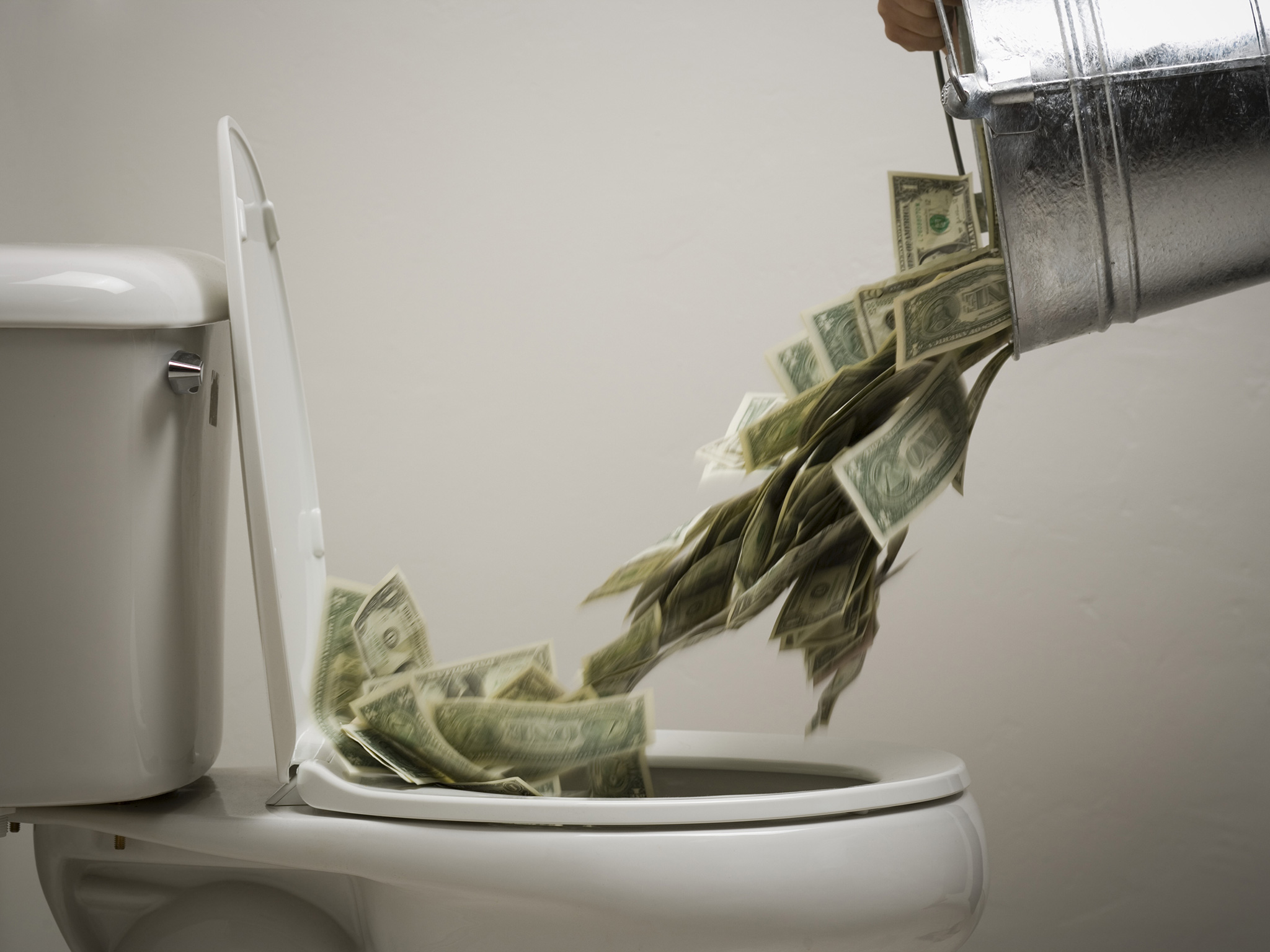
The International Spa Association (ISPA) released its annual findings of spa industry financial indicators, reporting great news. Total revenue passed US$16 billion increasing from US$15.5 billion in 2014. Read More


The International Spa Association (ISPA) released its annual findings of spa industry financial indicators, reporting great news. Total revenue passed US$16 billion increasing from US$15.5 billion in 2014. Read More

With thousands of spas vying for the attention of consumers, many spa managers are always seeking out ways to gain a competitive advantage. Using the holidays, seasons and special events to tie in existing treatments or create new ones is a smart way to keep customer and employee excitement, and revenue flowing through your operation. Read More

In bench-marking studies from the past year, the average retail revenues at Five-Star hotel spas ranged from 3% to 10%. It’s a shame because with retail profit margins higher than services, they have the potential to represent 20-35% of the overall revenue earnings.
Some exceptional examples in the industry like The Spa at Hershey and Gianni Versace’s spa actually have signature retail lines which provide a whopping 45% of their profit.
But both have a system of selling that is consistent and effectively in place.
At too many spas, there is inattention to the impact of everyday processes. Employees perform with comfortable repetition without examining the effects or implications of their actions to the larger picture.
Here are three of the most common mistakes resulting in millions of dollars in loss of potential revenue for international hotel brands.
1. Non-existent Retail Process
In various parts of the world, spa intake forms that customers painstakingly fill out are required only for government compliance.
Shockingly, they are not used to initiate guest conversation because the therapists are unable to speak the customer’s language. So the form is simply ignored.
And in its stead, no process is put in place to ensure smooth communication between the therapist and guest. No mechanism or liaison is provided which guarantees that the appropriate treatment and product recommendations are given.
Guests are allowed to leave the spa without closure aside from paying their bill. Discussions about follow up treatments or home care never take place. This often results in feelings of disappointment. Of having paid a premium price for an experience that was nothing special and therefore unnecessary to repeat.
2. Non-selling Massage Staff
How many of your massage therapists sell retail products? With the exception of cruise ships, many upscale spas give massage therapists a pass on product recommendations. In many cases products that are perfect accompaniments and home care solutions to massage treatments are sitting in plain view on the shelves but they’re never mentioned.
Product recommendation is an important component to personalizing a guest’s experience. It’s a powerful and effective way to differentiate your brand from the competition. It has also been proven to stimulate return visits and customer loyalty.
By allowing your massage team to by-pass this step, your spa is sending a message that your level of service is inconsistent according to the treatment selected, and that sub-standard service is OK.
3. Annual Therapist Training
Does your spa team receive product training once a year that substitutes for “customer training”? Are you satisfied with it because its “free”? Guess what; it really isn’t free. It’s costing you a lot.
Product knowledge can now be accessed by almost anyone if they have access to the internet. Your customers often come to the spa equipped with far more product knowledge than your therapists.
To be competitive in today’s spa market, therapists must bring a different more relevant set of customer information skill sets. This requires regular training, feedback and refreshers.
If you’re not showing them how to deliver the best customer experience through active listening, engagement, treatment and product personalization your organization is behind the times and losing ground on revenue and repeat business.
Have you made any changes to the way you’re doing business in 2016?

As reported by Skin Inc magazine, The International Spa Association (ISPA) released its annual 2015 U.S. Spa Industry Study yesterday, covering details about the industry’s growth statistics, a picture of U.S. spa facilities and treatments, and a profile of the spa industry.
The study is jam-packed with in-depth insight about the spa industry over the past year—including the fact that total industry revenue has well surpassed the $15 billion mark—but we are highlighting six key takeaways that stand out.
Employment in the spa industry is estimated to be at 360,000 as of May 2015, which is a 2.9% increase (more than 10,000 new jobs) over the same time last year.
Increasing staffing levels was strongest among day spas—48% said they increased employment levels.
Although both full- and part-time positions rose, the number of independent contractor positions fell by 6.5%. ISPA notes this reduction has been occurring yearly since 2010.
The average revenue for a single spa location has risen to $749,000 in 2014, which is an increase of 2.9% from the prior year.
Total spa visits were 6.7% higher in 2014 than the year before. And average visits per spa rose 4.3% (8,500) from 2013 to 2014.
Despite a strong rise in spa visits, the amount of money spas are making on an average visit has dropped slightly by 1.3% from $89 in 2013 to $88 in 2014.
ISPA suggests this could be due to several factors, including: due to busy lifestyles, clients may be visiting more frequently, but choosing shorter treatments; spas introducing express treatments; discounting; and raising prices competitive marketplace proves challenging for spas.
ISPA asked survey respondents on what they believe the next trend to shape the industry will be, stating that trends related to wellness, health and fitness were the most frequently cited trends. One in two respondents mentioned one or more wellness-related trend.
When ISPA asked spas about their plans for 2015, most spas said they intended to take actions to enhance their business. A few things spas plan to add in 2015 include:
– See more at: http://www.skininc.com/spabusiness/trends/2015-ISPA-Spa-Industry-Study-Six-Key-Takeaways-330404281.html#sthash.9ySjmyVJ.xkl6pCLW.dpuf